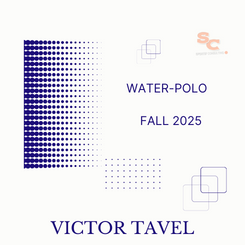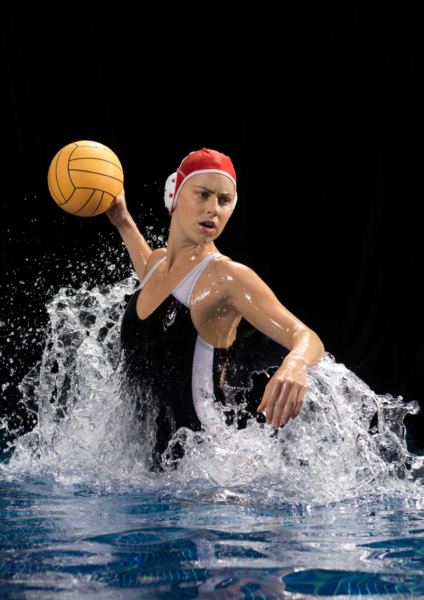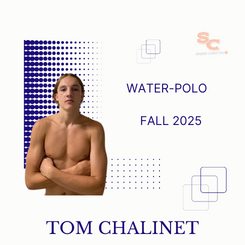
Water polo is one of the fastest-growing sports in the USA. In 1969, at the time of the first NCAA championship, there were only 8 sponsored teams. During the 1990s, the popularity of water polo grew considerably. Universities began to attract world-class talent. Star players such as Tony Azevedo, Anikò Pelle and Balazs Erdelyi came to play, as well as world-renowned coaches like Jovan Vavic (USC), considered one of the best in the world.
The level of competition is incredibly high. This high level of competition and the academic standards of the water polo universities make the recruitment process incredibly competitive.
What does the season look like?
The water polo season begins in September for boys and ends in early December with the NCAA National Championship.
The water polo season begins in late January for girls and ends in mid-May with the NCAA National Championship.
How many universities?
There are around 110 universities offering water polo for girls and over 80 for boys.
What is the scholarship situation?
Men :
- NCAA I : 4.5
- NCAA II : 4.5
Women :
- NCAA I : 8
- NCAA II : 8
Each university offering college sports must apply for an affiliation to a college sports division, the major ones being the ones below:
- NCAA
- NAIA
- Junior College (NJCAA)
The National College Athletics Association (NCAA) is the most well-known sports organization in the USA. The NCAA is the governing body for around 1200 schools. It consists of three divisions (Division I, II, and III).
Divisions I and II are the only ones which offer athletic scholarships whereas Division III can only offer academic scholarships.
NCAA Division I schools are mostly large public universities whereas NCAA Division II schools are mostly small private universities.
The NCAA D1 is very competitive and has stricter eligibility requirements. The NCAA D2 schools are somewhat more flexible.
The National Association of Intercollegiate Athletes (NAIA) is the governing body for around 250 schools. It is mostly comprised of smaller private universities. The athletic and academic standards aren’t as high as with the NCAA.
The National Junior College Athletic Association (NJCAA) is made up of 2-year community colleges. In the United States, community colleges are usually small, and have few academic requirements for acceptance.
The NJCAA is a good option for students who didn’t get accepted to the NCAA or NAIA because of academics. The NJCAA is also a good way for foreign players to get noticed by NCAA coaches.


